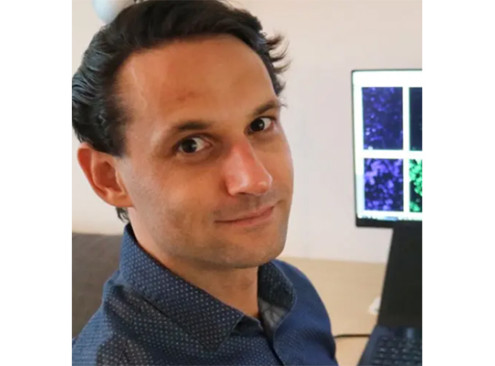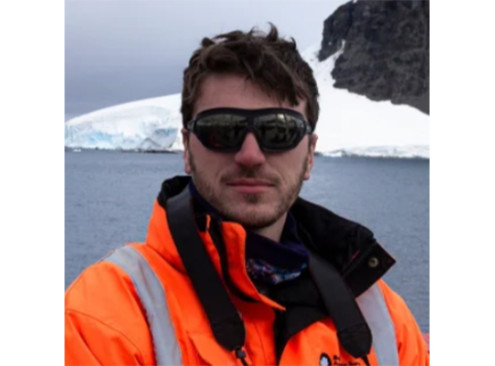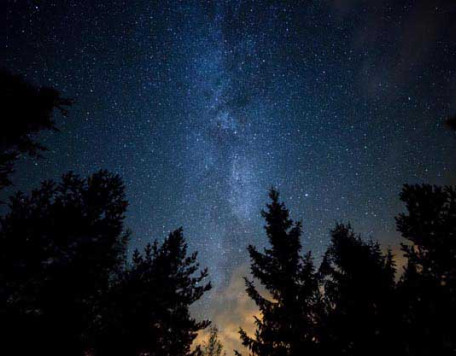© Pint of Science, 2025. All rights reserved.
What can shells and plankton tell us about the oceans?
What's tiny, and eats just about anything?
Join us at this event and find out!
What's tiny, and eats just about anything?
Join us at this event and find out!
Invisible environmental heroes - microbes that eat toxic pollutants...and anything really
Dr Kenneth Wasmund
(Lecturer in Environmental Microbiology, University of Portsmouth)
Microorganisms are an invisible force on our planet - their biomass is collectively more than all animals combined, and they inhabit almost every conceivable environment on Earth. Key to their success are diverse adaptations for sourcing energy from almost anything - from rocks, air, an immense diversity of organic compounds, and even toxic compounds including oil, nuclear waste, pharmaceuticals, and pesticides. This talk will shed light on the little-known yet remarkable ways in which microbes help keep our environment in check and clean, and how we can use them.

Coccolithophores - tiny but mighty algae
Dr Mariem Saavedra-Pellitero
(Senior Lecturer in Micropalaeontology, University of Portsmouth)
Meriam Chouar
(PhD Researcher in Micropalaeontology, University of Portsmouth)
Coccolithophores are tiny marine algae which we use to reconstruct the climate of the past. In this talk we will be travelling back to the time of the dinosaurs, to discover a world invisible to the naked eye and sail through our changing polar oceans onboard the iconic legendary Research Vessel JOIDES Resolution.

Sclerochronology and the ocean timekeepers
Dr Alejandro Roman Gonzalez
(Lecturer in Marine Ecology)
The shells of mollusc bivalves—like clams and mussels—have been admired by people from many cultures throughout history. These hard parts of animals, such as shells, bones, and coral reefs, hold clues about the lives histories. As these creatures grow, their skeletons form patterns similar to tree rings—that record information about their age and the environment they lived in. The science of studying these patterns is called sclerochronology. By looking closely at these natural records, scientists can learn how the ocean has changed from year to year, and even over thousands of years. This helps us understand how the ocean might continue to change in the future.

Map data © OpenStreetMap contributors.
Other The Barley Mow events
2025-05-21
The sights and sounds of space
The Barley Mow
39 Castle Road, Portsmouth, PO5 3DE, United Kingdom


